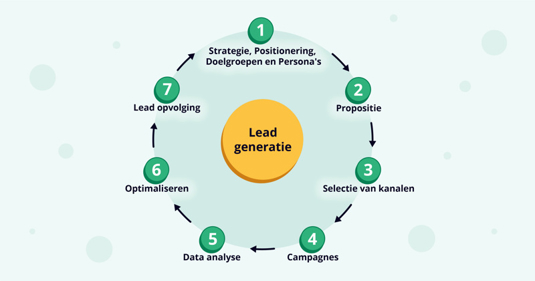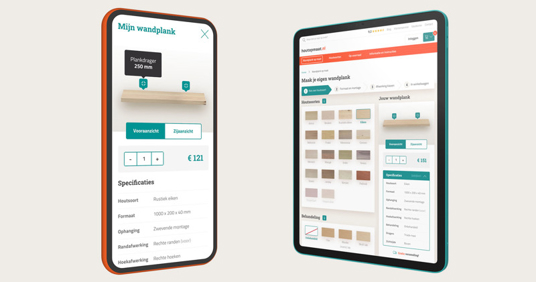1. Strategy, positioning, target audiences, and personas
To identify which leads are valuable, we start with the strategy and positioning of the enterprise. In which markets do we want to be active, and for which target audiences? How does this translate into an online strategy? Since online efforts can be specifically targeted at certain segments within a target audience, it's important to create personas. These are standardized descriptions of the characteristics of a particular prospect, including age, gender, role, income, preferences, purchasing behavior, and online channels they frequent.



